In the quest for healthier eating habits, exotic grains offer a treasure trove of nutritional benefits and unique flavors. From quinoa to amaranth, these lesser-known grains are gaining popularity for their versatility and health advantages. In this article, we’ll explore a variety of exotic grains and provide practical tips on how to seamlessly incorporate them into your everyday diet, enhancing both your meals and your wellbeing.
Quinoa
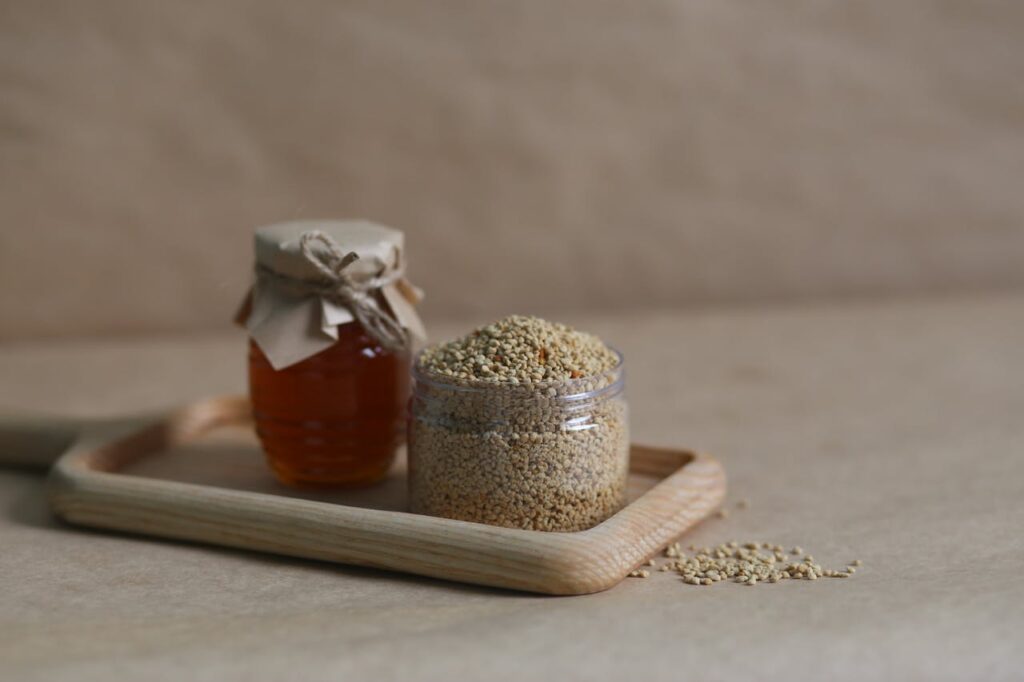
Often hailed as a superfood, quinoa is a complete protein containing all nine essential amino acids, making it exceptionally beneficial for vegetarians and vegans. It’s also high in iron and magnesium. Quinoa cooks quickly and is versatile in salads, soups, and as a base for bowls.
Amaranth
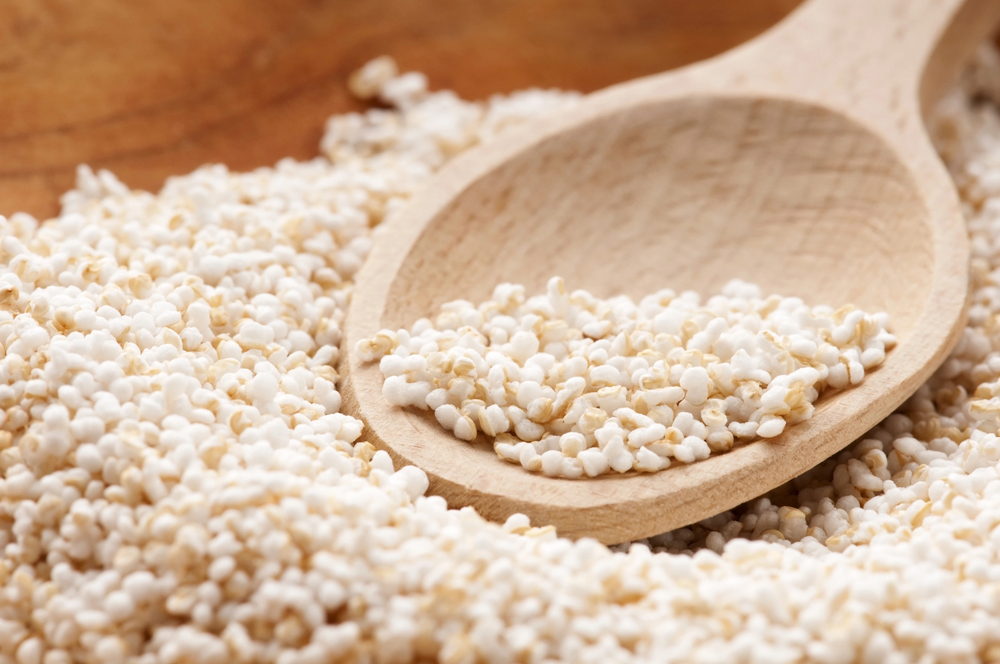
This ancient grain is noted for its remarkable protein content and essential lysine. It’s also rich in fiber, iron, and calcium. Amaranth can be cooked as a cereal, popped like popcorn, or used as a thickener in soups and stews.
Teff
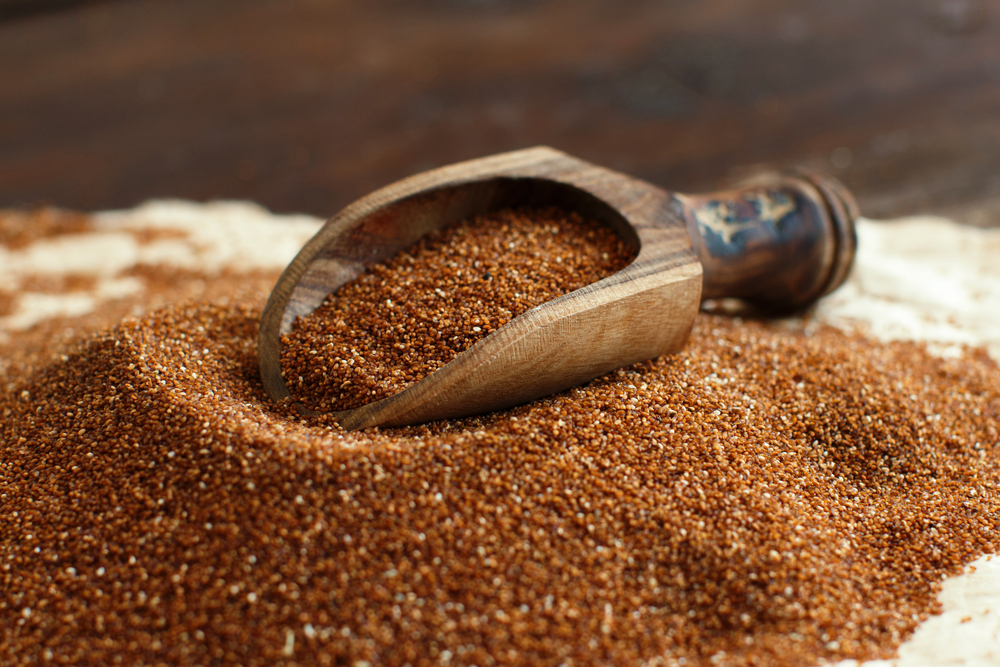
Originating in Ethiopia, teff is tiny in size but dense in nutrients, particularly calcium, iron, and vitamin C. It’s naturally gluten-free and perfect for making injera, a traditional Ethiopian flatbread, or as a nutritious porridge.
Freekeh
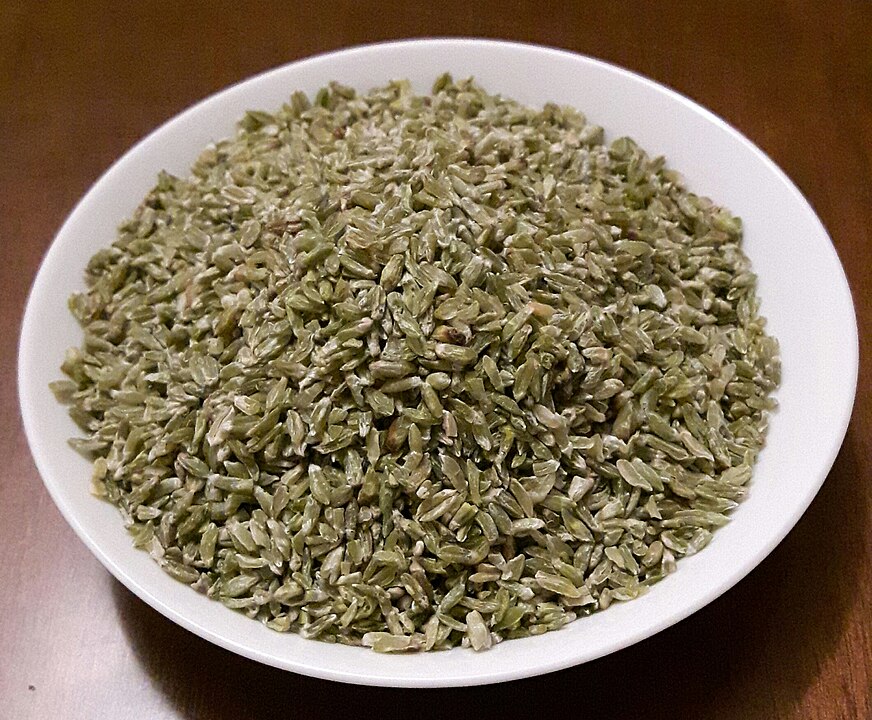
Made from green durum wheat that is roasted and cracked, freekeh is high in protein and fiber. Its unique smoky flavor makes it a great addition to Mediterranean dishes like pilafs and salads.
Farro
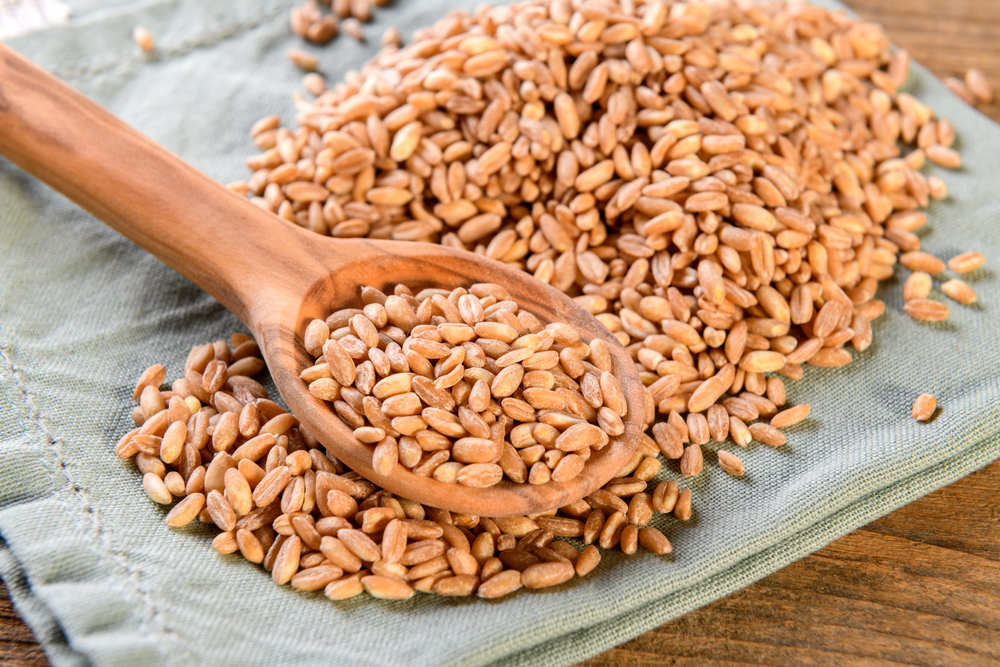
An ancient form of whole wheat, farro provides zinc, B vitamins, and iron. It has a chewy texture and a nutty flavor, excellent in risottos, soups, and salads.
Millet
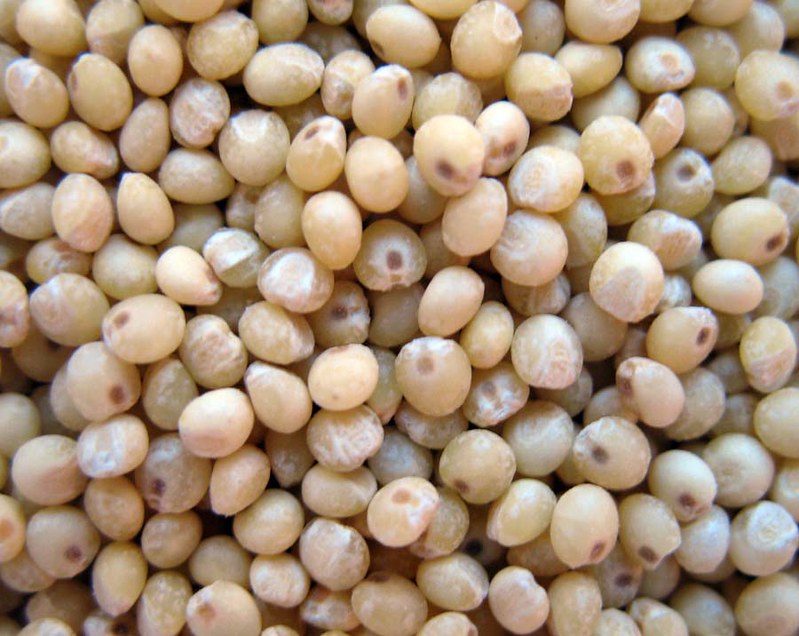
Millet is highly alkaline, making it easy to digest and helpful in reducing body acidity. The grain is gluten-free and can be used in place of quinoa or rice, in salads, or as a side dish.
Sorghum
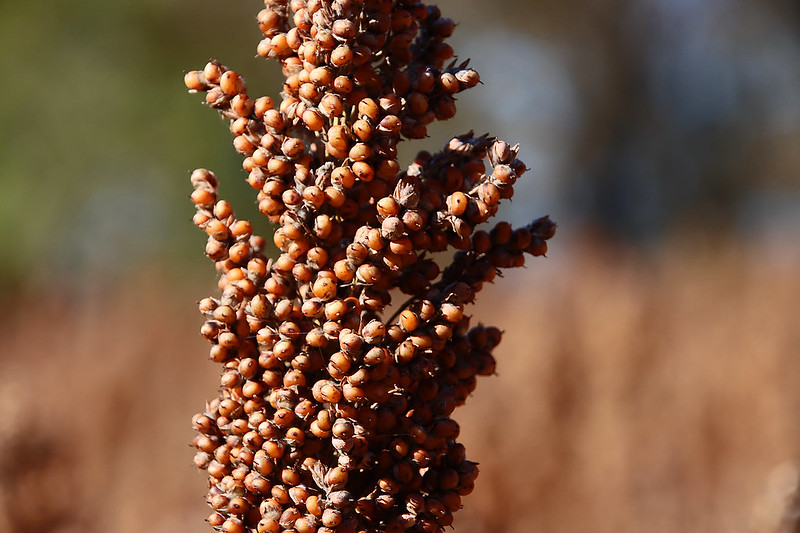
This versatile grain is rich in niacin (vitamin B3) which helps in energy production and lowering cholesterol. Sorghum can be cooked like rice, popped for snacks, or used in gluten-free baking.
Buckwheat
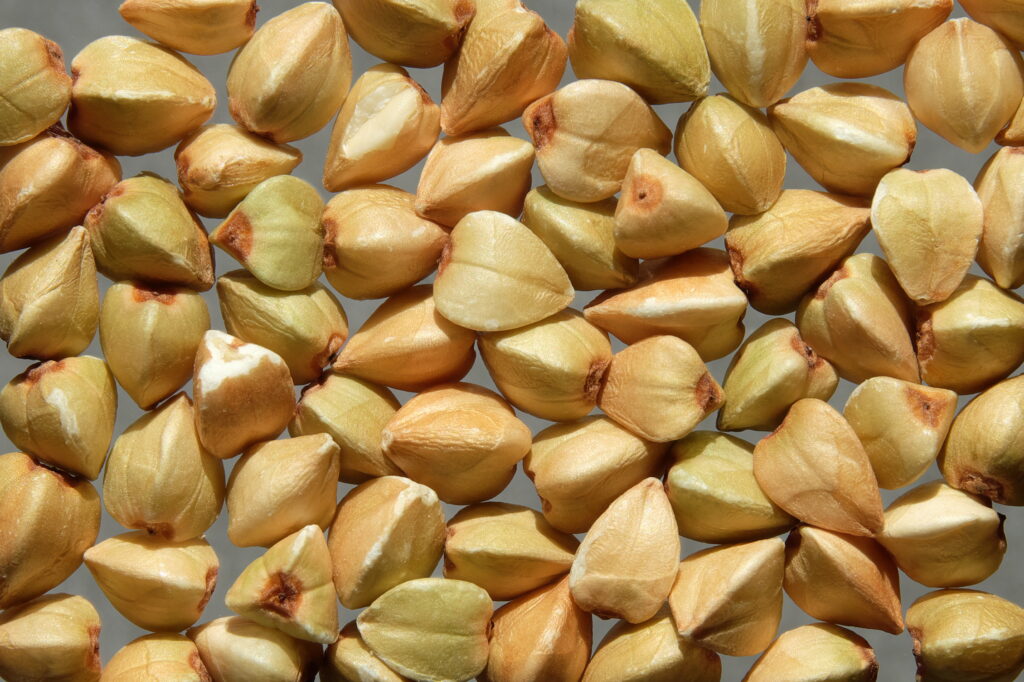
High in protein and fiber, buckwheat is also a good source of energy-boosting B vitamins. Its flour is popular for making gluten-free pancakes and noodles.
Kamut
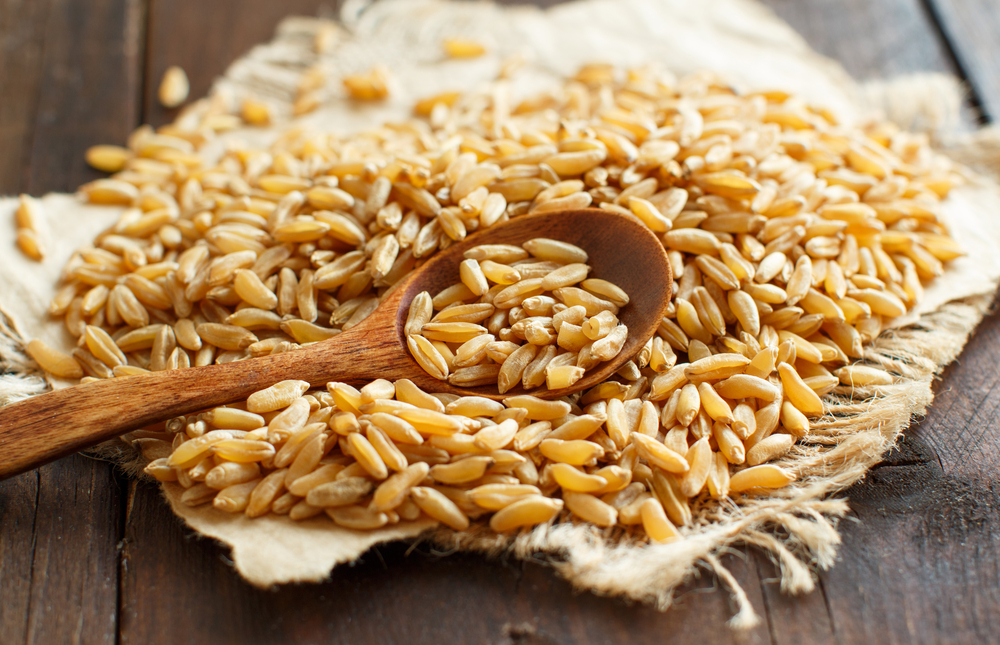
Known for its high selenium content, a powerful antioxidant, Kamut also provides omega-3 fatty acids. It has a buttery flavor and is perfect in pilafs, baked into bread, or tossed in salads.
Spelt
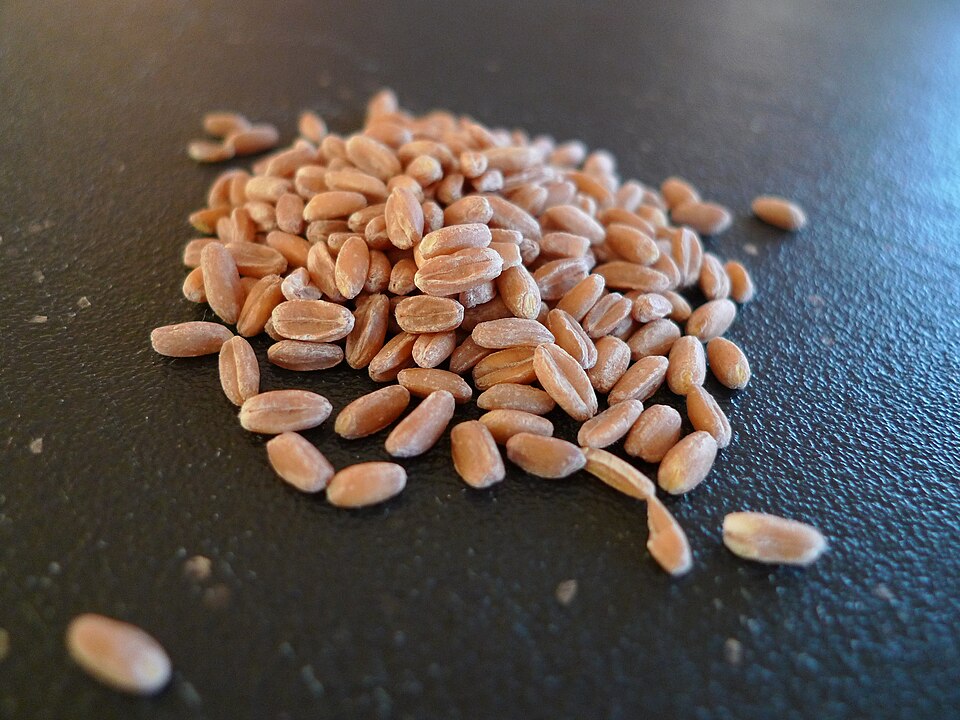
Rich in dietary fiber and a good source of protein, spelt is an ancient grain with a slightly sweet and nutty flavor. It is excellent for baking bread or making pasta.
Black Rice
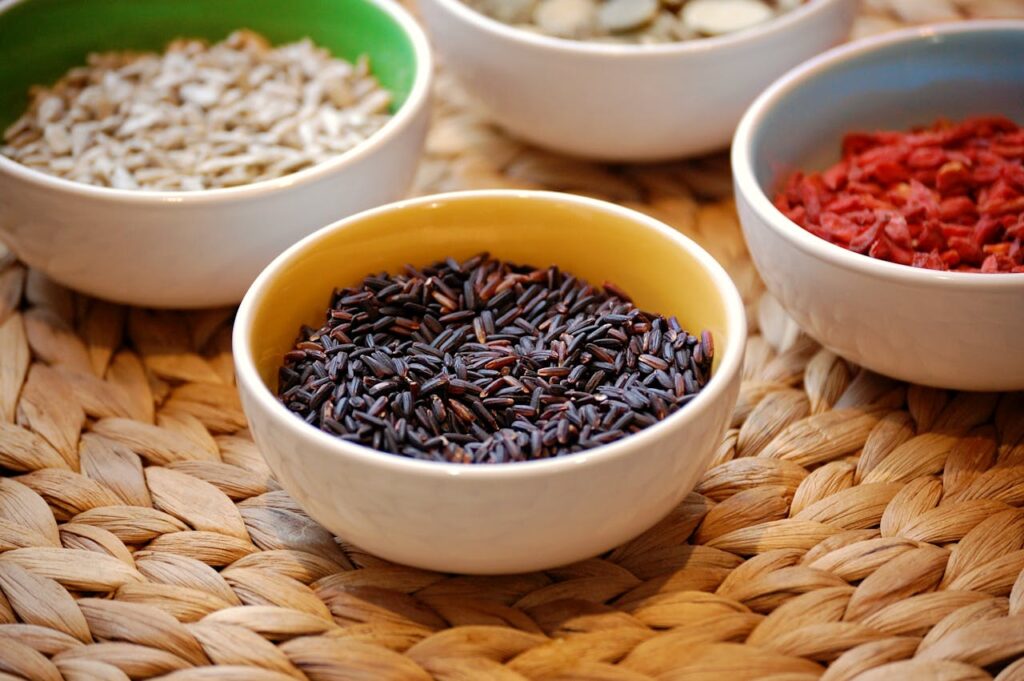
Also known as forbidden rice, it contains one of the highest levels of anthocyanin antioxidants found in any food, which helps protect against cardiovascular disease. Black rice is perfect for making dramatic-looking sushi or pudding.
Red Rice
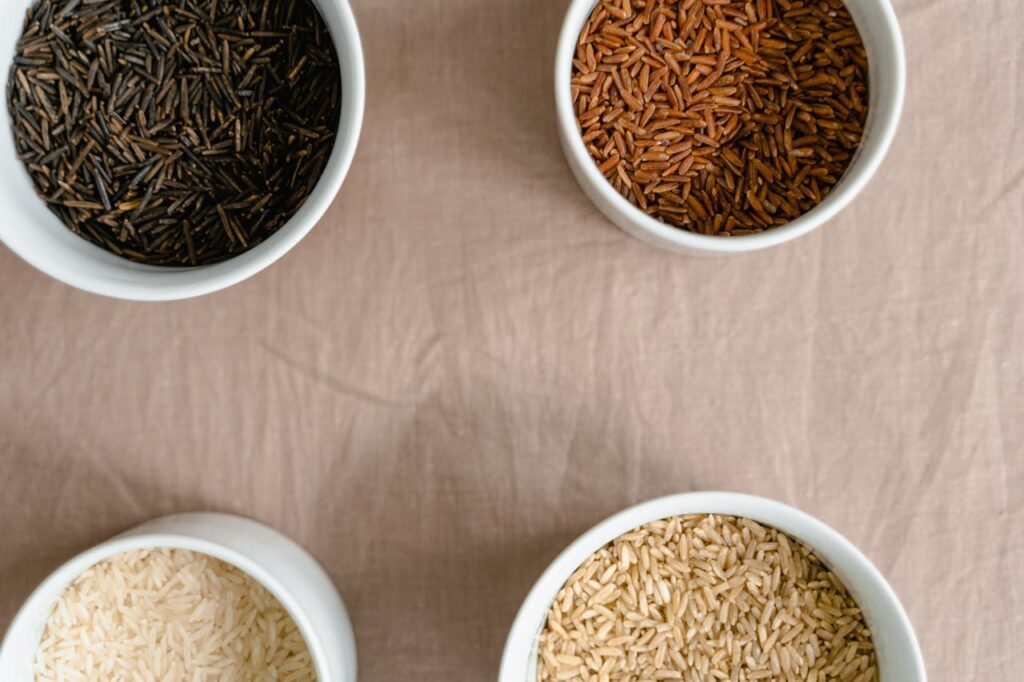
Rich in manganese and phosphorus, red rice helps in body tissue repair and promotes a healthy immune system. It has a robust flavor, suitable for hearty recipes like pilafs and rice salads.
Wild Rice
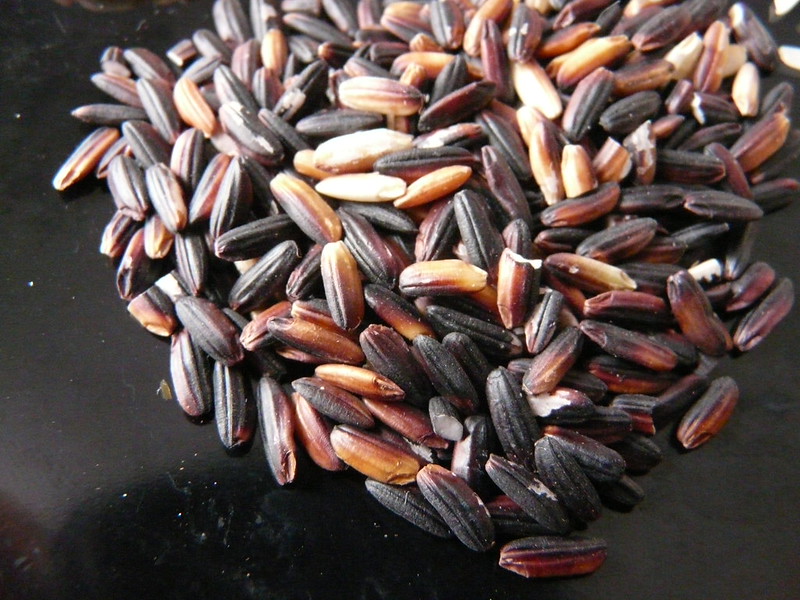
It offers a protein content higher than regular rice and is rich in antioxidants. With its strong, nutty flavor, wild rice is ideal in salads or as a stuffing for vegetables.
Chia Seeds
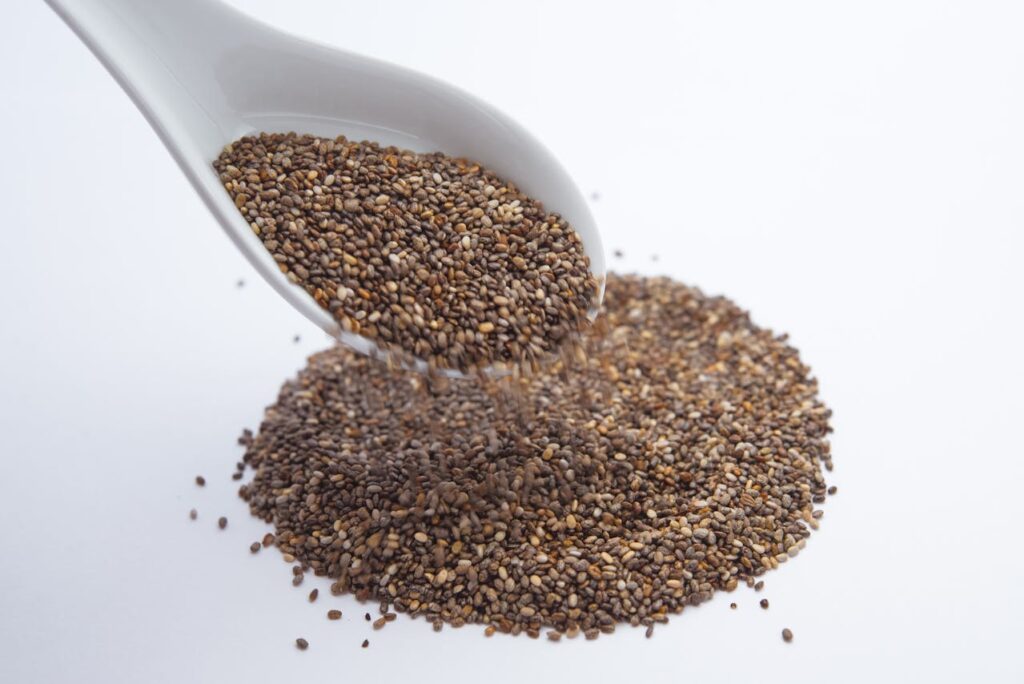
These tiny seeds are loaded with omega-3 fatty acids, calcium, antioxidants, and fiber. When soaked, chia seeds develop a gelatinous coating, which makes them perfect for thickening smoothies or making chia pudding.
Fonio
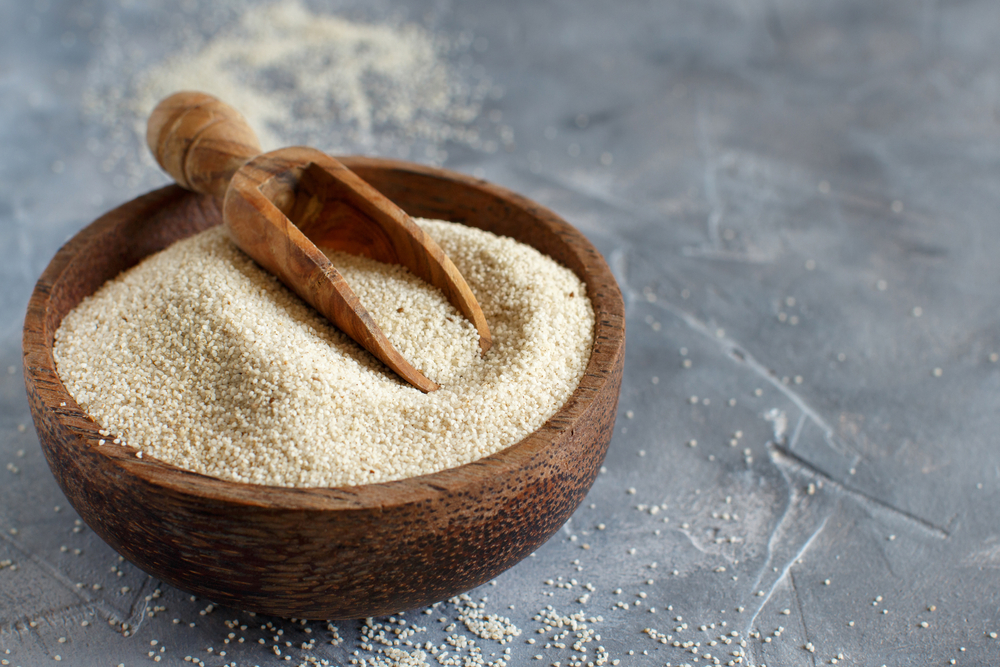
Known as the “seed of the universe,” fonio is rich in amino acids important for human health, quick to cook, and has a nutty flavor. It works well as a side or in salads.
Barley

Barley is particularly effective at lowering blood sugar and cholesterol. It’s a hearty grain that adds texture and nutrition to soups and stews.
Rye
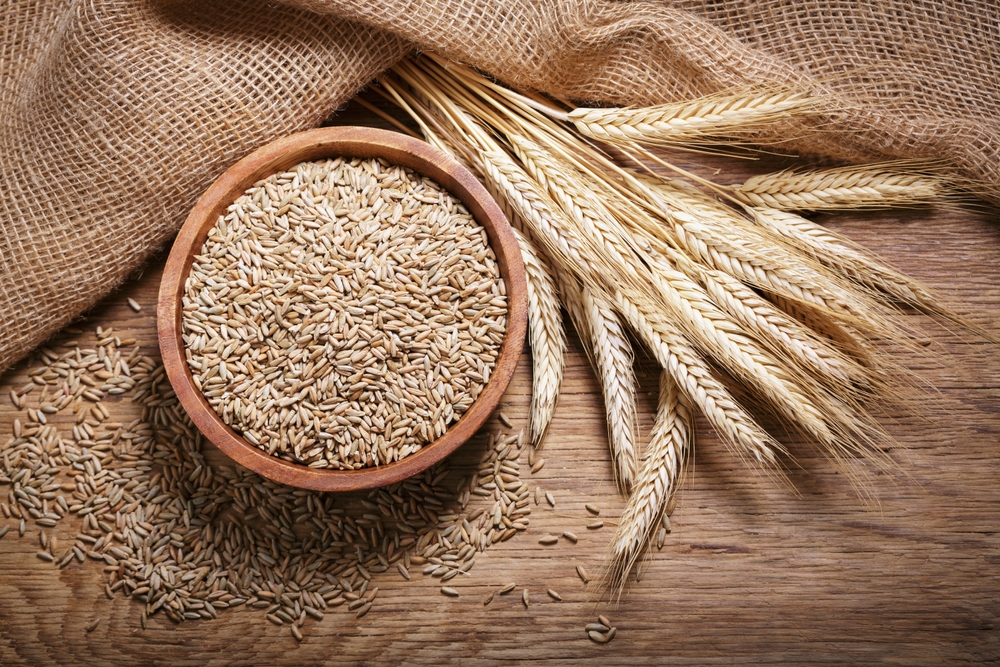
Rich in fiber and particularly beneficial for weight control and digestive health, rye can be used to make dense, flavorful bread or crispbreads.
Bulgur Wheat
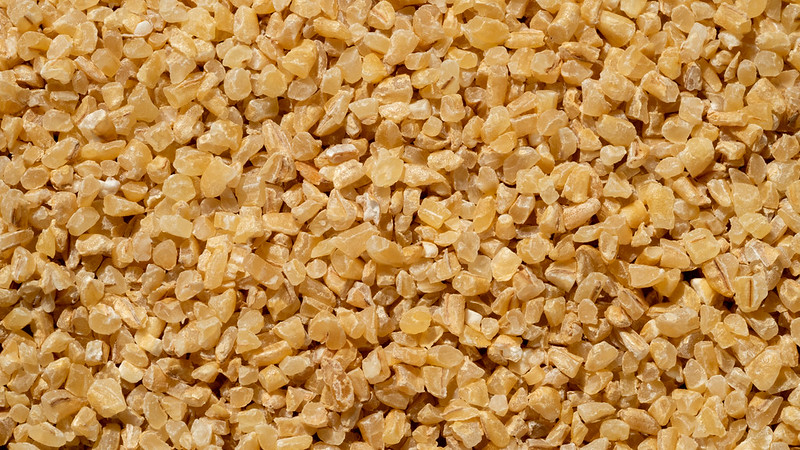
This high-fiber grain is a staple in Middle Eastern cuisine and cooks very quickly. It’s ideal for salads like tabbouleh or as a simple, nutritious side dish.
Oats
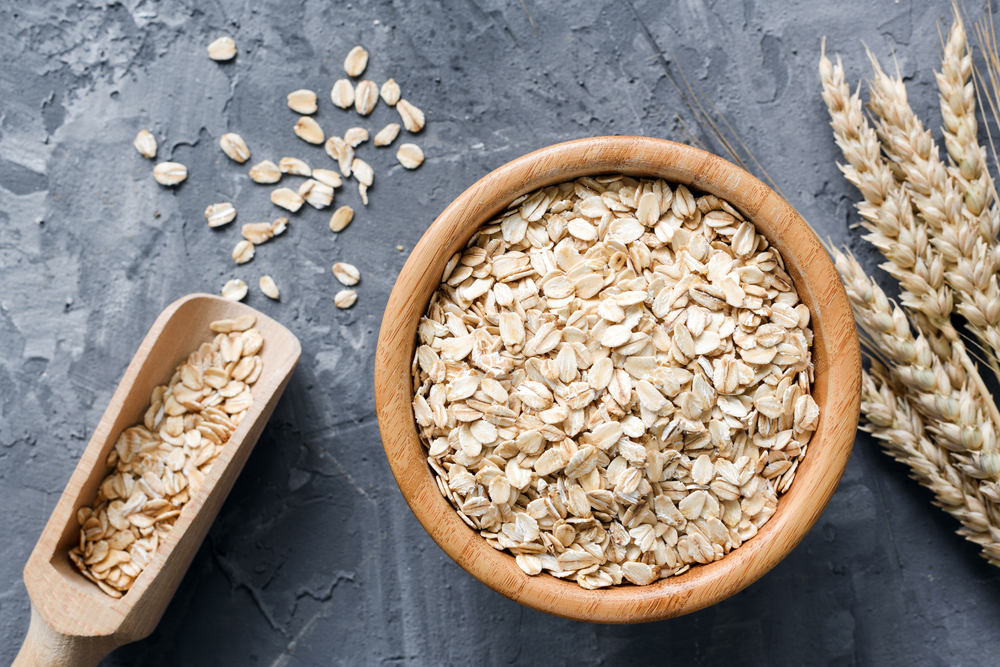
Known for their beneficial effects on cholesterol and heart health, oats are versatile in baking and as a breakfast staple. They can be used in oatmeal, cookies, and pancakes.
Triticale
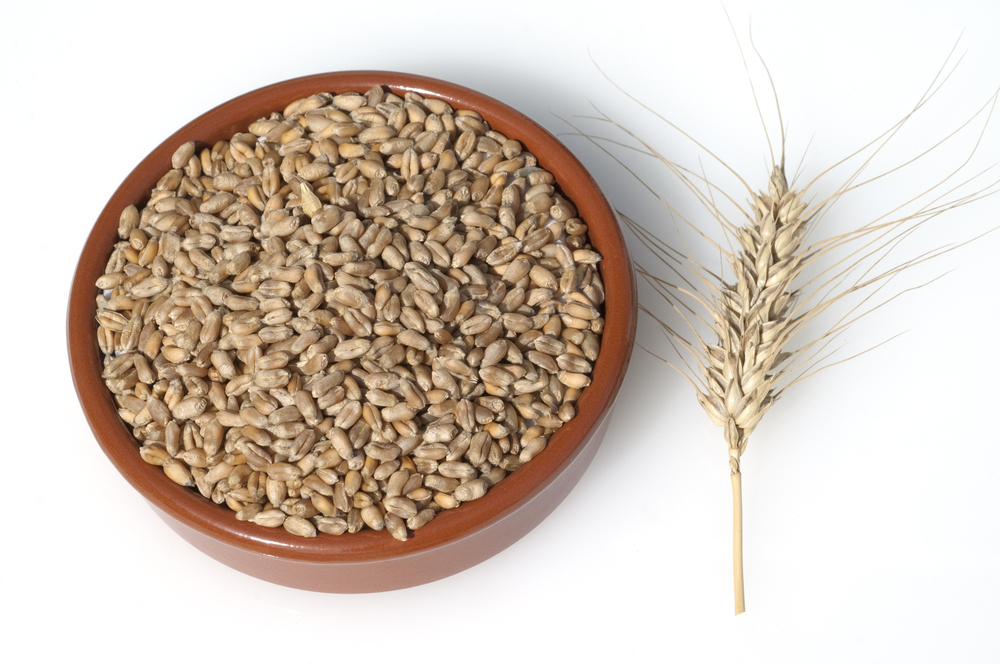
Combining the best qualities of wheat and rye, triticale is high in protein and fiber. It’s excellent for making bread, pancakes, and other baked goods.
This article originally appeared on UnifyCosmos.
More from UnifyCosmos
21 Iconic Video Games That Revolutionized the Industry

Video games have become an integral part of our cultural landscape, shaping not just entertainment but also technology and storytelling. In this exploration of groundbreaking video games, we delve into the titles that have left an indelible mark on the gaming industry. Read More
22 Small Gestures That Strengthen Any Relationship

In relationships, small gestures like a gentle touch or a shared smile can hold immense significance, creating strong bonds between individuals. These seemingly insignificant moments play a crucial role in shaping lasting connections, whether in romantic, familial, or platonic relationships. Read More
20 Healthy Recipes for Glowing Skin and Hair
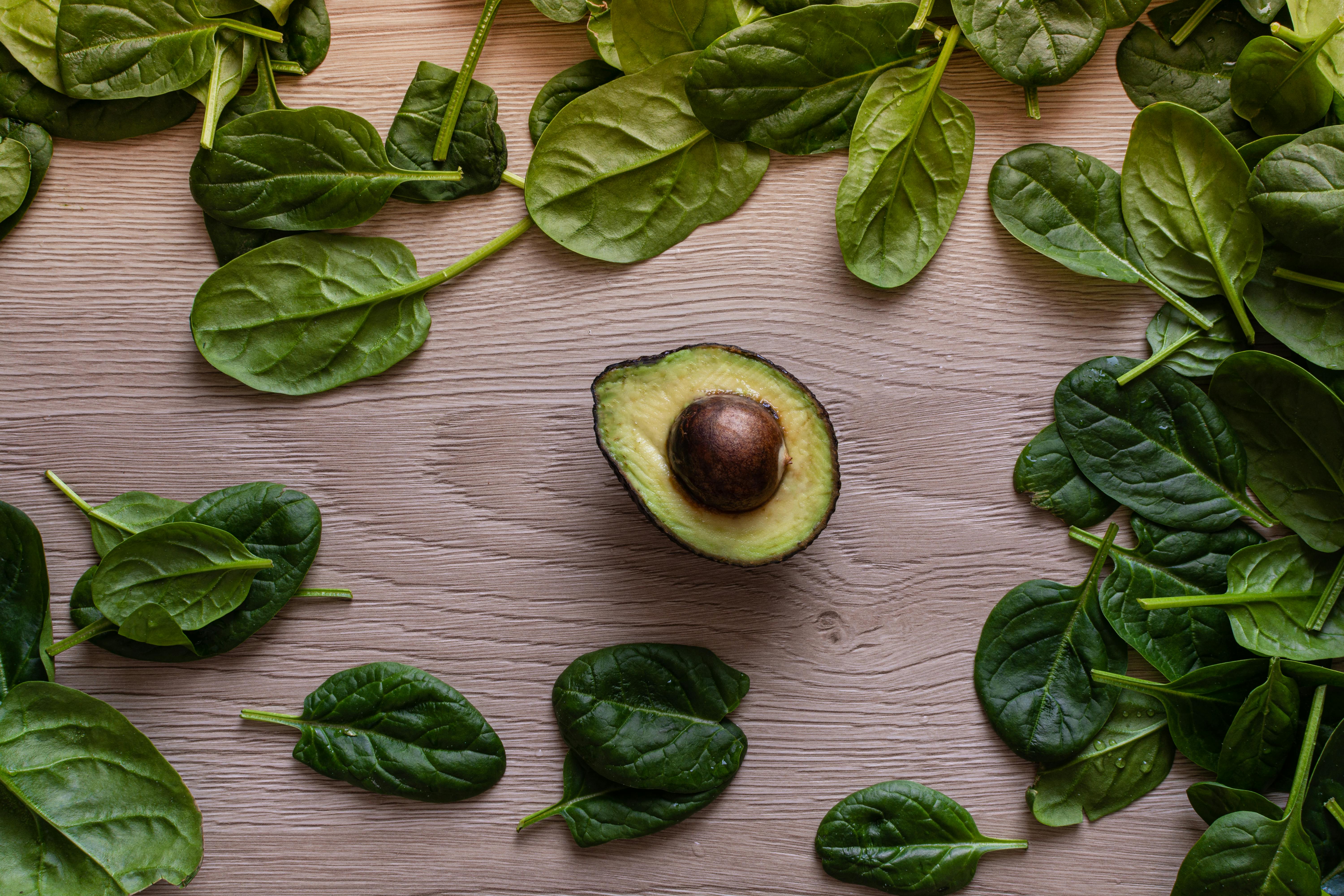
Achieving glowing skin and lustrous hair isn’t just about the products you use; it’s also about what you eat. Incorporating nutrient-rich foods into your diet can make a significant difference in your overall appearance. Read More
Leave a Reply